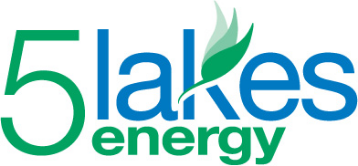In the aftermath of elections sweeping in Republican majorities in the House and state legislatures, hope for movement on clean energy or climate legislation has to be placed on the shelf, probably for a good while. Not surprisingly, clean energy advocates have pivoted quickly and are identifying alternative pathways to progress.
Anticipating the new political landscape, proponents of clean energy strategies are suggesting more prudential policies that don’t rely on carbon pricing or cap and trade structures but focus instead on more traditional financial tools and policies.
Fred Krupp, EDF’s president who worked heroically to advance cap and trade legislation, is suggesting here that we need to listen better, engage new constituencies and identify new allies, noting that landmark environmental legislation always requires bipartisan cooperation.
Bracken Hendricks and Elizabeth Hoffman from the Center of American Progress here advocate refreshing well-established financial tools that could provide stable, long-term, low-cost financing for clean energy technologies and projects. In a policy cadence familiar to conservatives, they call out the need for “regulatory reform” to provide more certainty and security in the marketplace and public-private partnerships to improve policy and planning.
Andy Hoffman, from the Erb Institute at the University of Michigan, digs deeper in exploring the root causes of our inability to build consensus on climate action despite the clear science, suggesting that we must rethink the notion that data and evidence alone can persuade. here
Reassessing clean energy and climate strategy is certainly called for, as is the search for common ground to overcome communication chasms. Rethinking and regrouping is in order. We surely need to concentrate our efforts on the policies and opportunities that have the highest prospect of success. – and maybe, for a time, go back to basics.
In the short-term, that may mean more resources allocated to the quickest, most easily implemented, highest return implementations: energy efficiency measures.
Michigan has made huge progress in both policies and practices.
Maybe we set some new stretch goals – and dust off some of the great work by McKinsey that demonstrates how to reduce greenhouse gas emissions by 23% in ten years while saving $680 billion.
